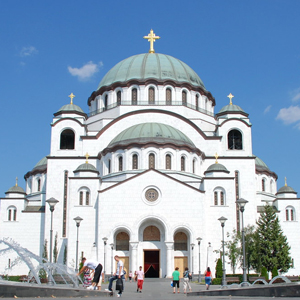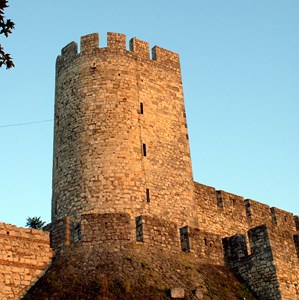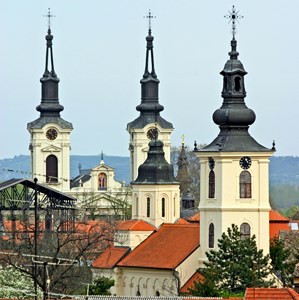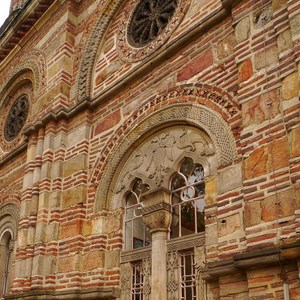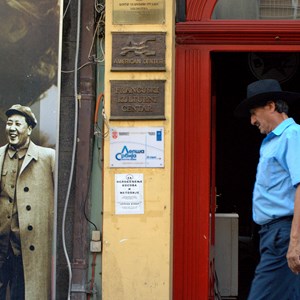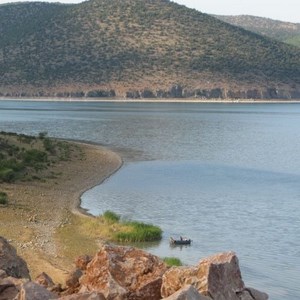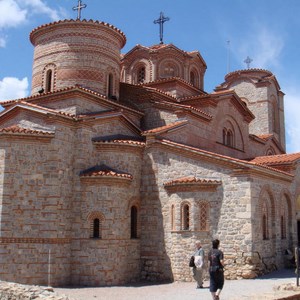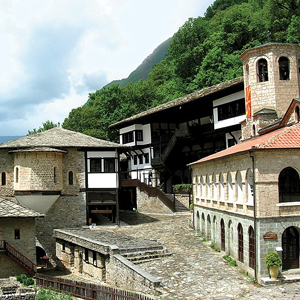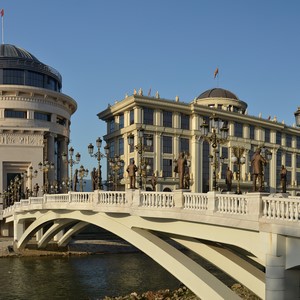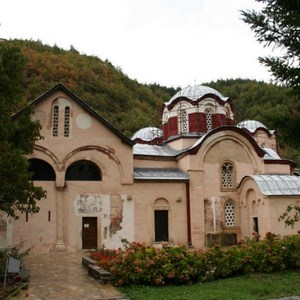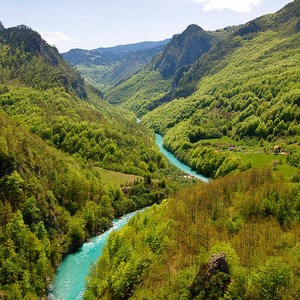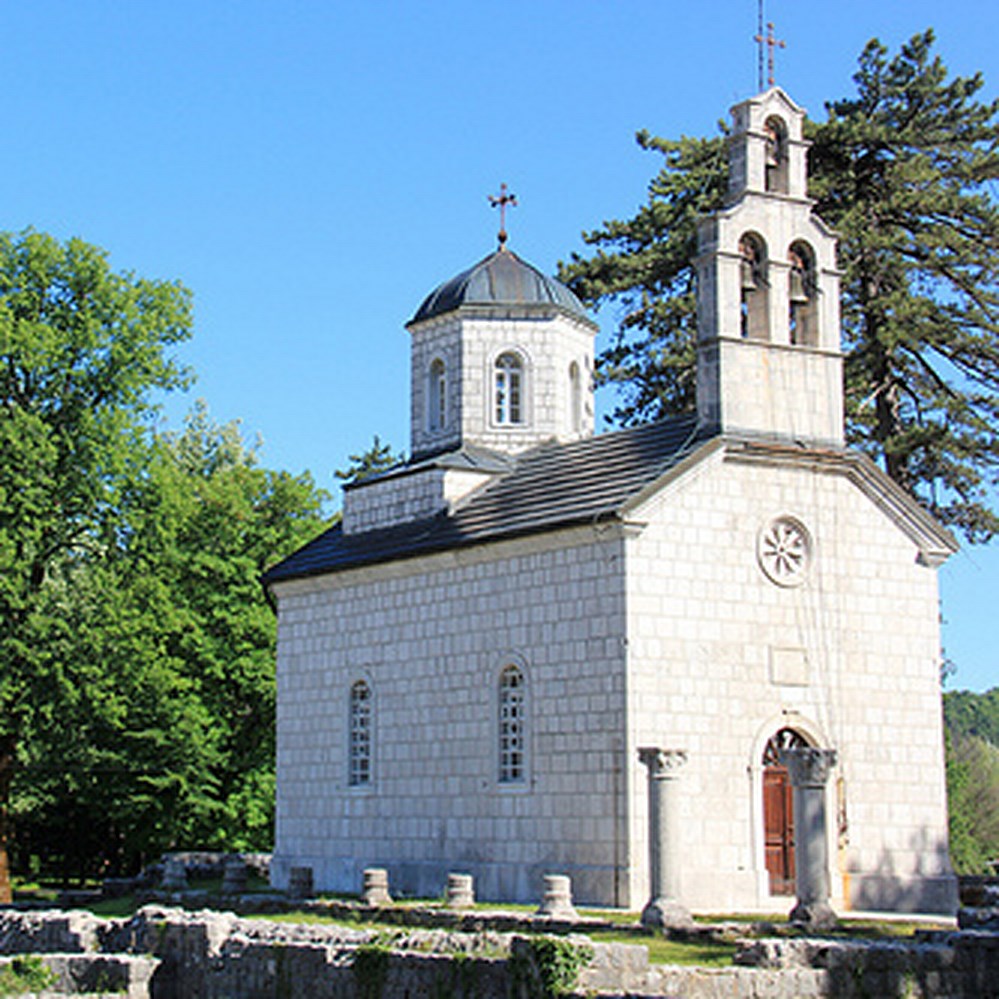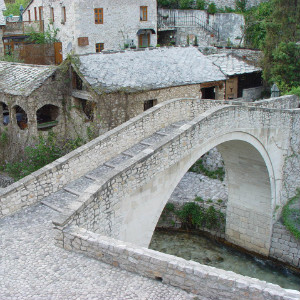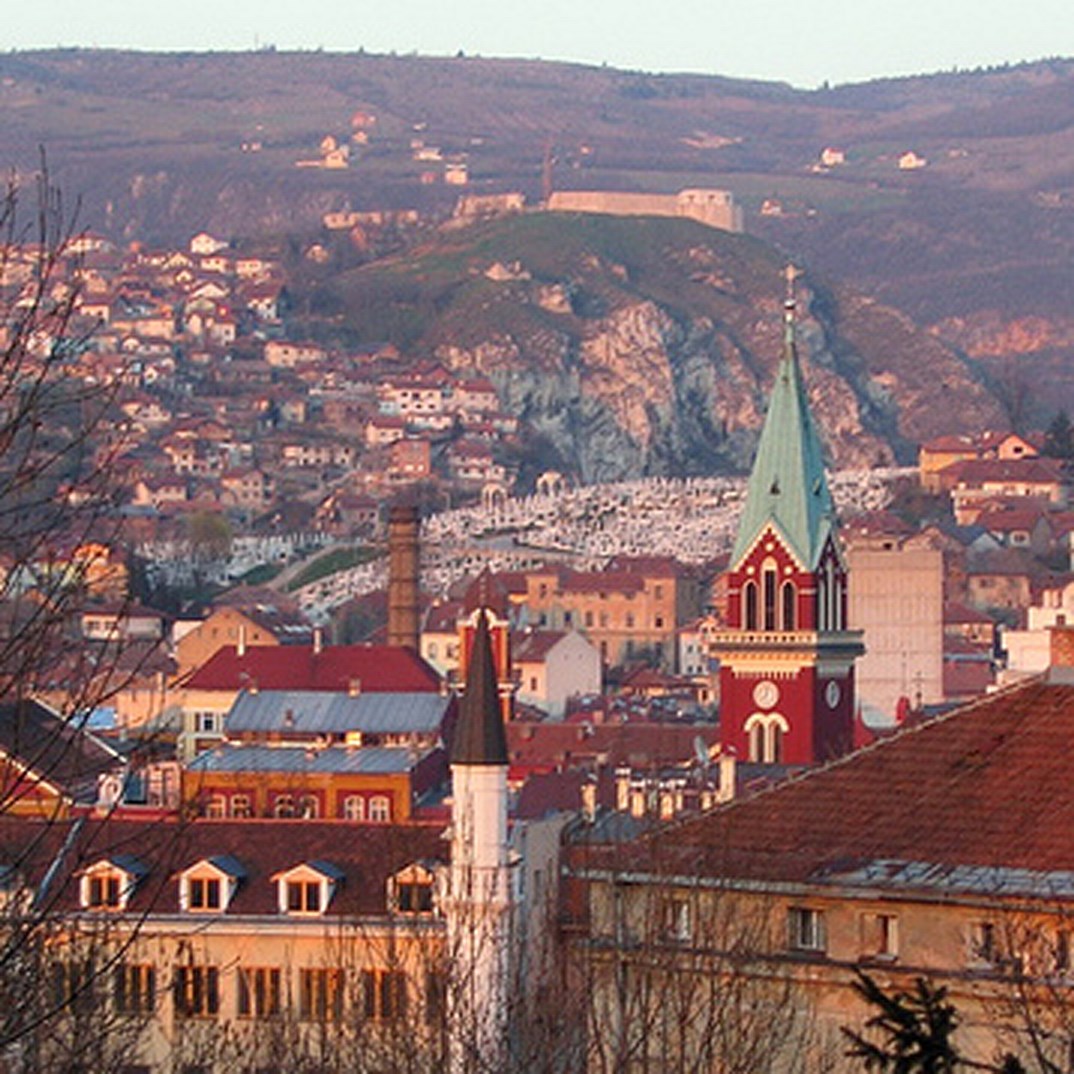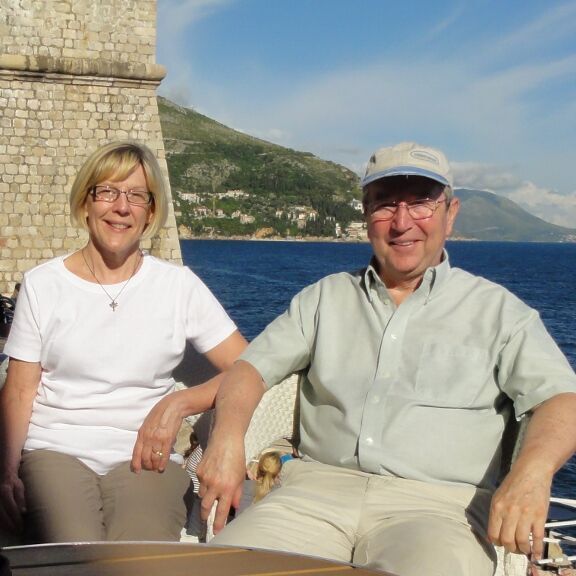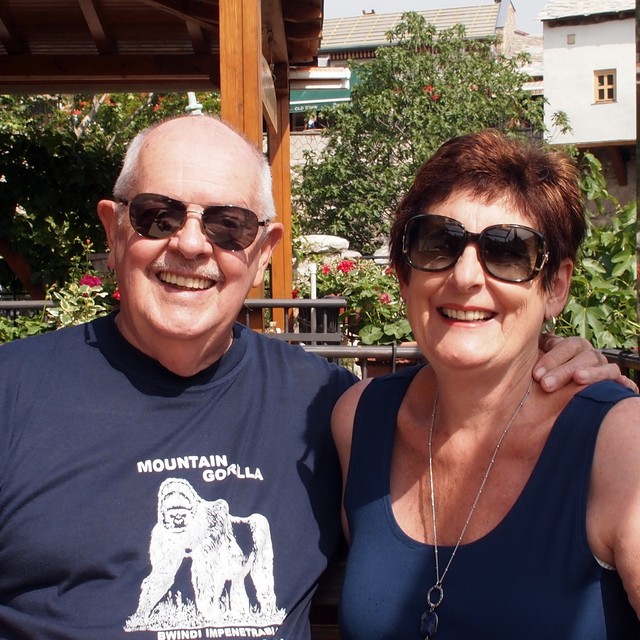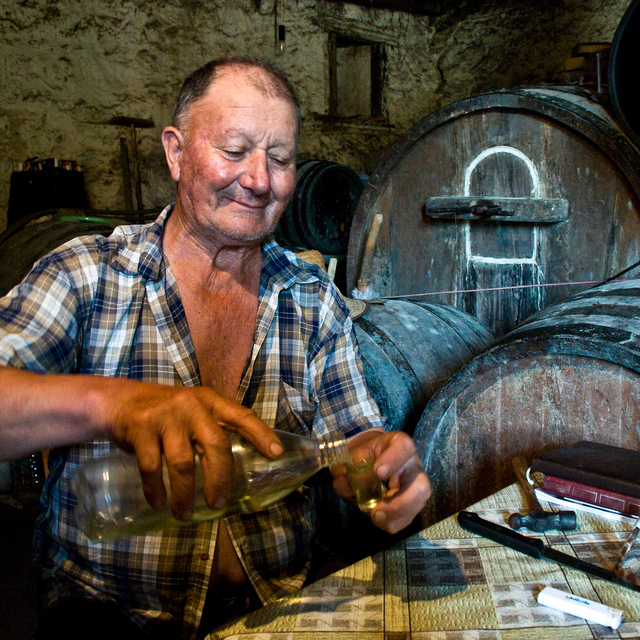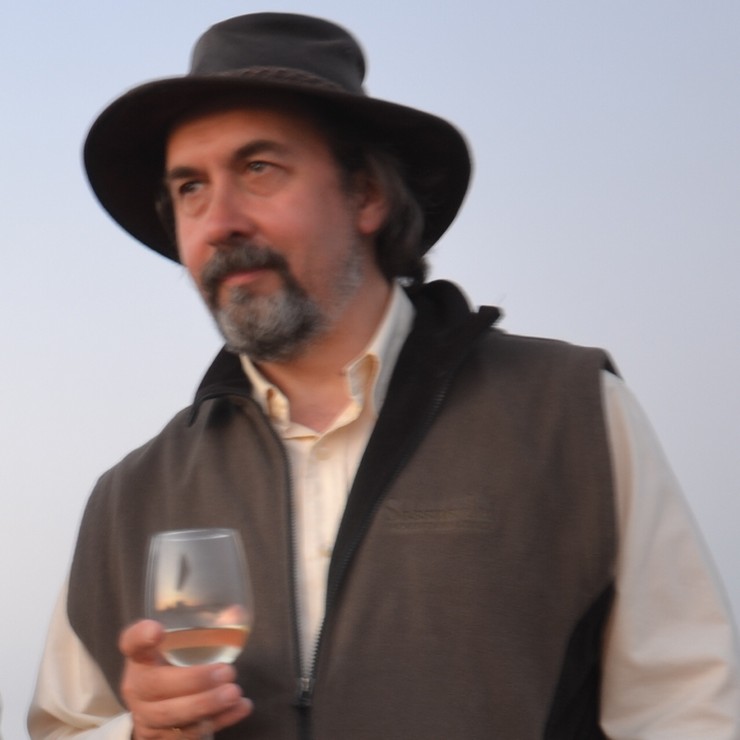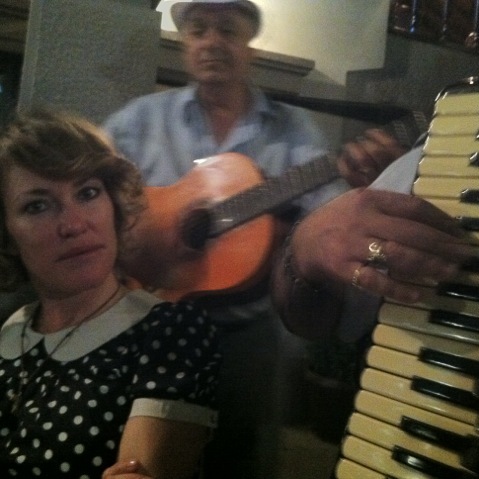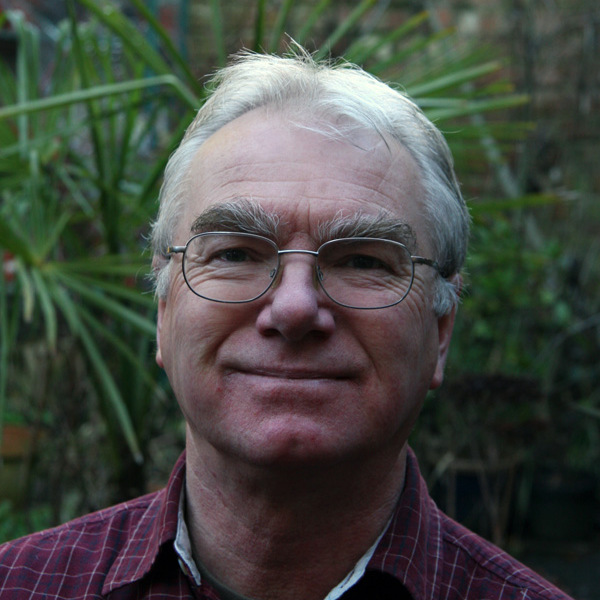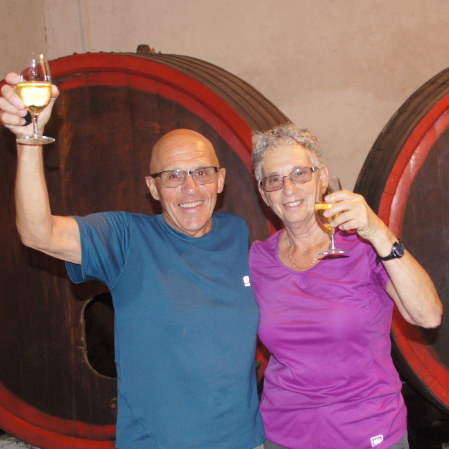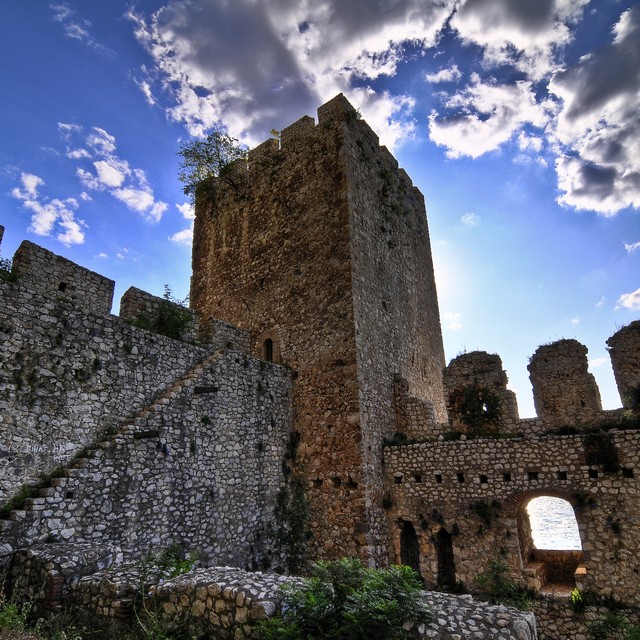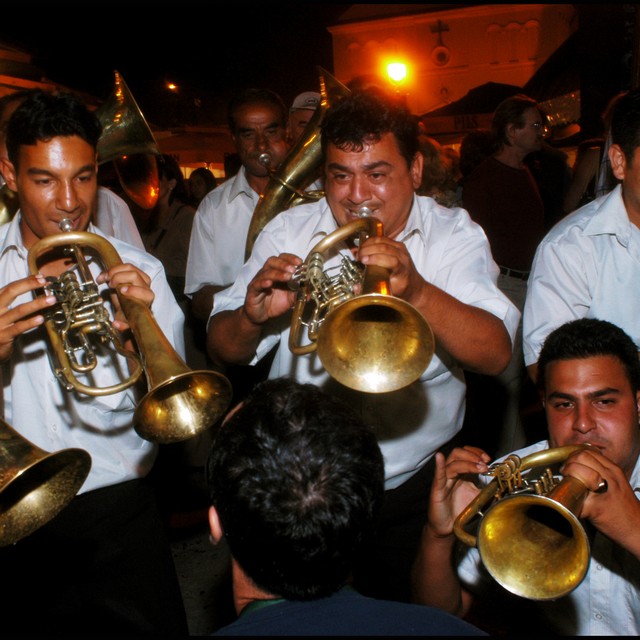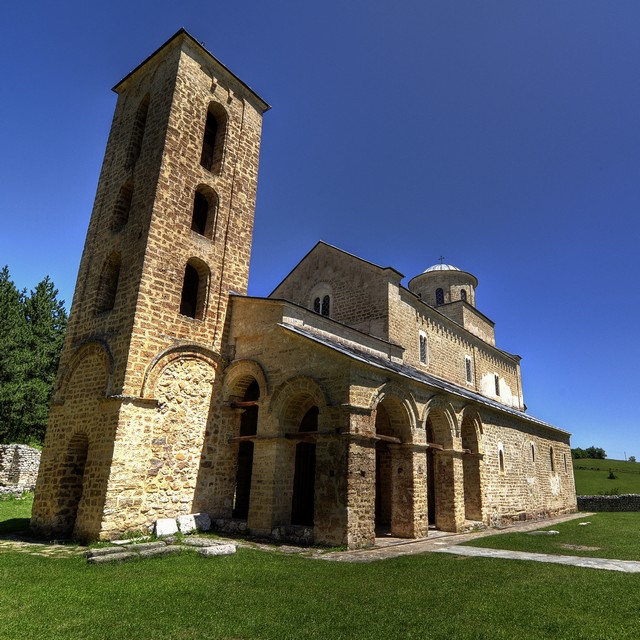City tour including the Skull Tower and Mediana. Then journey south into North Macedonia for a visit of the site of Stobi before continuing to Demir Kapija for a wine tasting. Overnight in Demir Kapija.
Overnight in Popova Kula, Demir Kapija
Meal plan: Breakfast
Niš is the second largest town in Serbia and is most famous as the birthplace of Constantine the Great. It is situated in the Nišava valley, near the spot where it joins the Južna Morava River. This is one of the most important Balkan and European traffic lines along which people, goods and armies moved. Known as the 'Via Militaris' in Roman and Byzantine periods and the 'Constantinople road' in the Middle Ages and the period of Turkish rule, these roads still represent major European traffic arteries. Niš is one of the oldest cities in the Balkans, and has been considered a gateway between the East and the West since ancient times. There is abundant archaeological evidence that Niš was inhabited even in prehistoric times. The city was named after the Nišava River, which was called Navissos by the Celtic inhabitants of the town. Each new conqueror gave the town a new name: Roman Naissus, Byzantine Nysos, Slovene Niš, or German Nissa.
Visit the ruins of Stobi, one of the largest ancient towns in North Macedonia. It was built just before the rule of Philip II, father of Alexander the Great, in the early Hellenic period. Stobi is located on the crossorads of two important roads - via Axius, which ran North-South, and Via Egnatia, which ran East-West from the Adriatic to the Aegean coasts. It had beautiful basilicas, palaces, remains and some wonderful mosaics that can still be seen today.
Mediana is a royal property with a luxurious residence in the suburb of old Niš, known as Naissus. Constantine the Great (280 - 337 AD) was born and raised in Naissus. He ruled the Eastern Roman Empire from 306 to 337 and he consolidated the frontiers of the Empire by imposing a firm organization on the army and the civil administration. As a powerful emperor, Constantine did not forget his birthplace. He erected a majestic residence in one of the luxurious suburbs of ancient Niš in Mediana, where he often resided and attended to state affairs. Historical records testify it was in Naissus that he passed several laws in the years 315 through 334.
The history of the Skull Tower of Niš: At the beginning of the 19th century, during the Second Serbian Uprising, it was crucial that the Serbian state liberate Nis from the Turks. The battle lasted the whole day and the Turks eventually overran the main trench on Čegar Hill after this fierce fighting. The Serbian General, Steven Sindelic, realising he was on the point of defeat, blew himself up alongside 3,000 Serbian soldiers and about 6,000 Turkish soldiers. The Turks built the grisly Skull Tower ("Cele Kula" in Serbian) with four walls - each containing eleven rows of seven Serbian skulls - as a warning against further Serbian resistance. Many of the skulls were removed - at great danger - by Serbian families and buried, but many remain there to this day. In 1892, a chapel was built over the skulls, which now protects the 58 remaining skulls.
